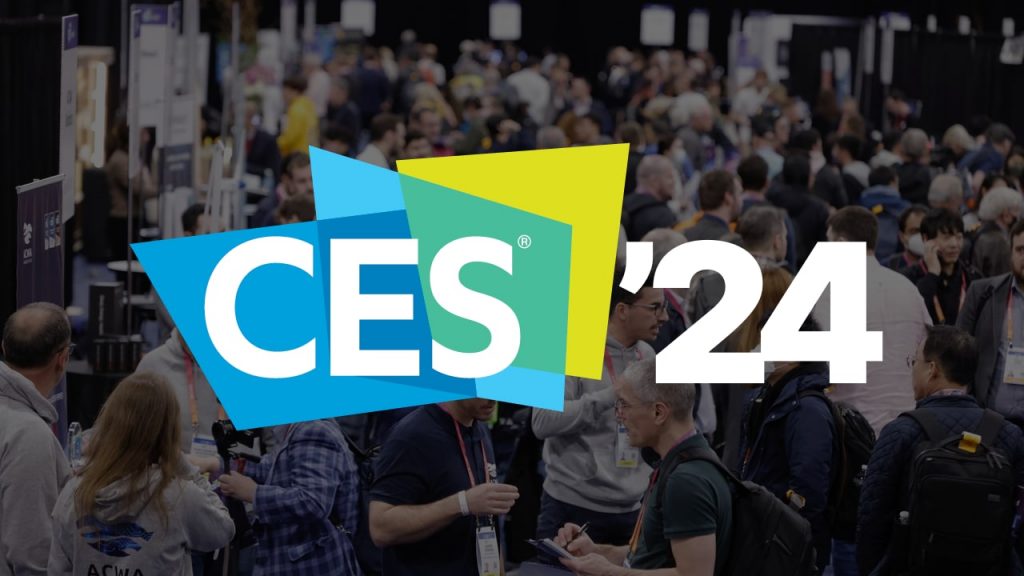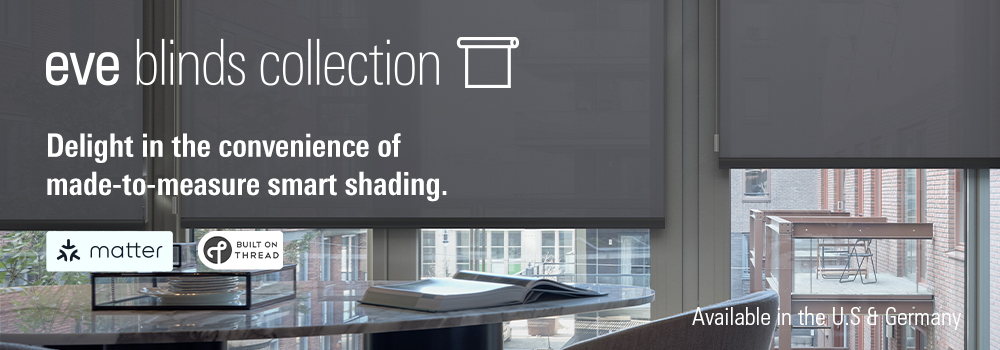This year’s CES trade fair was dominated by artificial intelligence and digital assistants such as ChatGPT. There was much less talk of the smart home standard Matter than last time and the number of product presentations in this area also decreased. Apart from the AI hype, which overshadowed pretty much everything, there are probably two main reasons for that.
On the one hand, manufacturers have become more cautious with their announcements. Not least because the implementation of the standard is still struggling with teething troubles. Just think of issues with incompatible Thread Border Routers (more on that in this interview) or the difficulties some manufacturers have had getting started with bridges. On the other hand, Matter is losing some of its appeal as a marketing tool because the name is currently no guarantee that certified products will work equally well in all ecosystems.
The major platforms, from Alexa to SmartThings, are moving at their own pace when it comes to integrating new device categories and functions. This means that a Matter logo on the packaging is less useful as a guide than the familiar “Works with” emblems from Amazon, Apple, Google & Co. The platforms’ own certification programs, some of which build on Matter, therefore retain their significance. The standard itself is taking more of a back seat as a connection technology.
With one click directly to: Amazon, Aqara, Ecovacs, LG, Lockly, MuiLab, Nanoleaf, Razer, Roborock
Amazon: Matter Casting
The option to stream audio and video signals has been part of the standard since Matter 1.0. It lies dormant in the media player specifications, which also control basic TV functions such as volume and channel switching. So far, no manufacturer has made use of it. Amazon has announced its application for the first time at CES 2024 (link) – and even coined a name for it: “Matter Casting”.
Thanks to Matter Casting, it will be possible to stream a program from Amazon’s Prime Video app to suitable end devices. The company names its Echo Show 15 as the first compatible receiver. Devices with Fire TV functionality are to follow in the coming months, including televisions from Panasonic with the Fire TV operating system, which were also announced at CES (link).

In its announcement, Amazon emphasizes the open nature of the standard, which makes it possible for all manufacturers to integrate Matter Casting into their devices. Program providers such as Pluto TV, Sling TV, Starz and Zweites Deutsches Fernsehen (ZDF) are probably already on board and want to integrate Matter Casting into their apps. However, industry giants such as Disney, Netflix, Paramount and YouTube have not yet commented.
It also seems unclear whether the other three major Matter supporters will follow and also integrate Matter Casting into their ecosystems. Apple has long since launched its own solution with AirPlay, Google has established Chromecast and Samsung with SmartThings uses various technologies for screen mirroring.
Aqara: Hub M3 and more
The long-awaited M3 smart home hub from Aqara showed its potential for the first time at CES. It is not simply an improved M2 hub, but has some interesting extras. In addition to its expected function as a Matter Bridge for Zigbee devices from Aqara and infrared remote control, Thread and Bluetooth are additional wireless protocols. The M3 also serves as a Border Router and should be able to create Matter Bindings between Thread products from Aqara. So that these work independently, without the involvement of a hub.
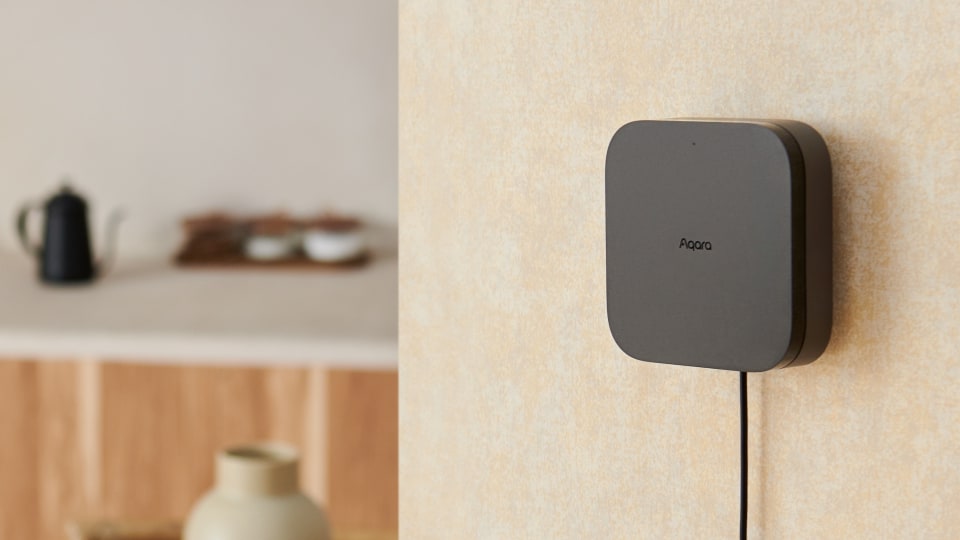
Above all, however, Aqara is taking the step towards its own Matter ecosystem. Instead of only passing on connected products to Apple, Google & Co., the hub can also manage and automate devices from other manufacturers as a Matter controller. To be on the safe side, Aqara points out that support for such third-party products will only be introduced gradually. And that some Matter device categories will probably not be available when the hub is launched in the second quarter of 2024. But this is not unusual in the new smart home standard.
An absolute novelty is the Border Router Plug. A Thread smart plug that not only amplifies wireless signals in the Thread network (as everyone else does), but also connects the mesh to a home network via Wi-Fi. This allows Thread products to be used with Matter controllers that do not support the wireless protocol itself.
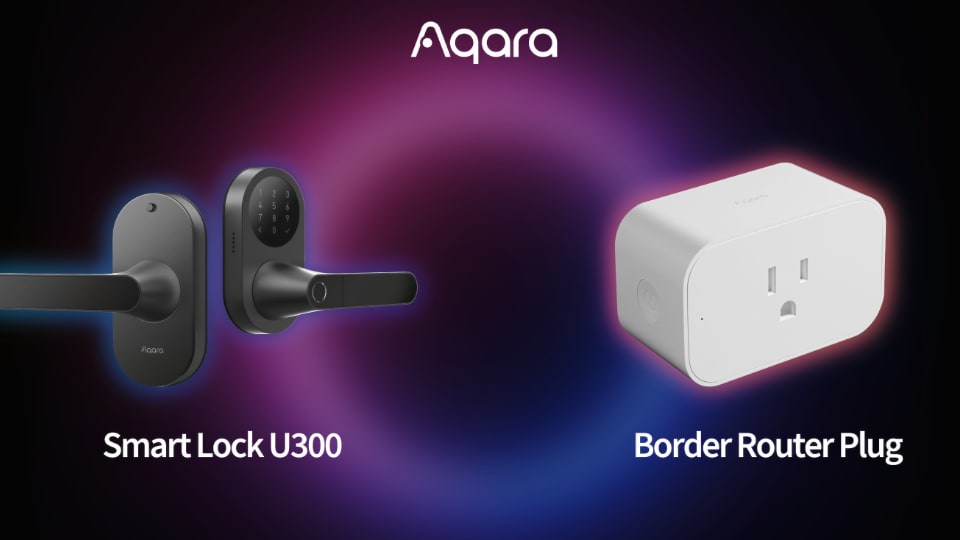
Whether this only applies to Aqara’s own controllers or also to third-party products such as Amazon’s Echo Dot or a first-generation HomePod remains to be seen. In principle, the border router functionality can be integrated into all kinds of devices, but so far, it has only been found in smart home hubs, smart speakers and smart displays. Aqara is the first to integrate it into an end device such as the smart plug, making Thread easy to retrofit in any household without having to buy a new hub.
The third new Aqara product presented at the trade fair in Las Vegas was a smart lock called U300. The door lock drive with Thread radio, Matter and numeric keypad is the international brother of the EU model U200, which the manufacturer presented at IFA in fall 2023. Aqara has not yet given any delivery dates for either product – U300 and Border Router Plug. They should be available to order “in the coming months”.
Ecovacs: Deebot X2 Combo
Ecovacs Robotics has put together a special package for CES: The Chinese manufacturer combines the top model of its vacuum robots – the Deebot X2 Omni (around 1500 US dollars) – with a handheld vacuum cleaner. The associated docking station empties both and also takes care of the mop of the robot, cleaning and moistening it. Why the combination is listed here: Because the robot vacuum is one of the first models to make use of the device category of the same name in Matter 1.2. It can be integrated into Matter-enabled smart home systems and starts work automatically when they give the command. Visitors to the trade fair in Las Vegas were told a price of around 1600 US dollars and a sales date at the end of March. Ecovacs will announce availability and prices for Europe at a later date (link)
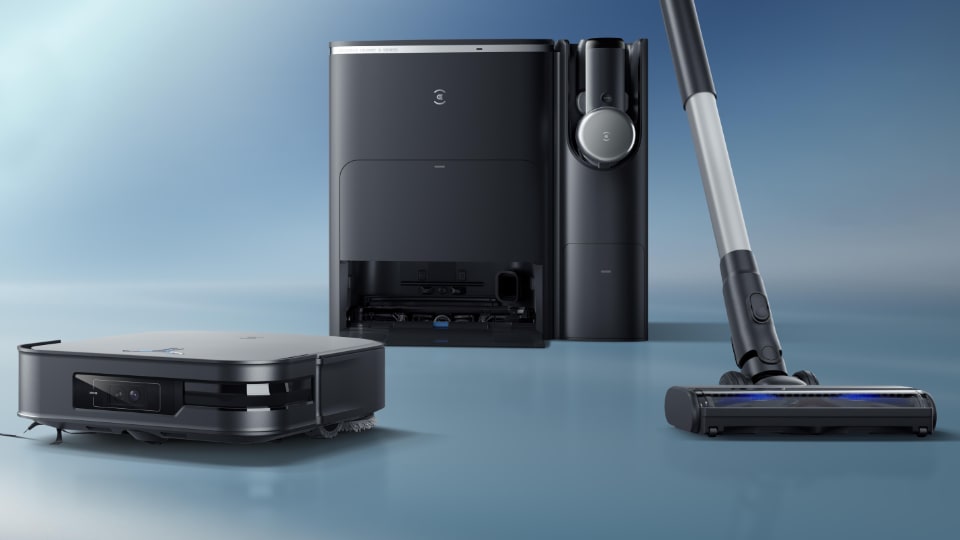
LG: TVs with Google Home
LG announced its support for the Matter standard at CES 2022. An update to the LG ThinQ app in 2023 made it possible to use LG TVs as Matter controllers – provided they had the webOS23 operating system and the Home Hub function (link). However, there was no consistent concept behind this initial launch.
This is set to change with the 2024 model year. At the press conference in Las Vegas, the Korean manufacturer changed course: Erik Kay, Vice President of Technology at Google, took to the stage and explained that LG televisions will serve as “hubs for Google Home” in the future. This could relieve LG from the task of having to maintain the software of a Matter controller themselves and adapt it to new versions of the standard. Instead, the TV set and ThinQ app will access Google functions. An interesting move to be able to offer a mature Matter ecosystem and at the same time counter Samsung’s SmartThings world.
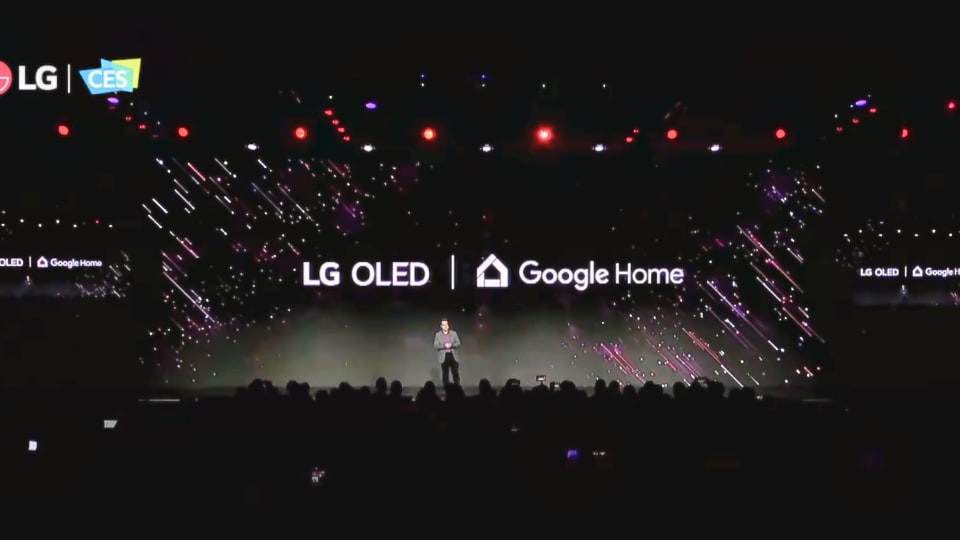
The cooperation is part of Google’s strategy to bring the company’s smart home platform to products from other manufacturers. In addition to LG televisions, “selected Google TVs and other devices with the Android TV operating system” will also serve as a Google Home Hub in future (link).
Lockly: Smart Lock Visage
The upcoming smart lock from US provider Lockly was quite literally an head-turner. Visage – as the battery-powered drive for deadbolt locks is called – captures the facial features of a person, just like smartphones do. If the 3D scan matches the stored data of authorized residents, the door opens. A finger sensor is available as a further biometric method. The smart lock will also support the Matter standard and Apple’s HomeKey technology when it is launched on the US market this summer for around 350 dollars (link). For Lockly locks that are already available, the manufacturer is planning a bridge called Matter Link, which establishes a connection to Matter platforms via Wi-Fi (link).

Mui Lab: Mui Bord 2.0
Regular readers will be familiar with the Mui Board 2.0. It was already in the 2023 CES selection and was actually due to be launched last year. The crowdfunding campaign has now been opened on Kickstarter for the CES in January (link). Interested parties can pre-order the smart Japanese wooden board with touch surface for around 500 US dollars and then hope for delivery in December 2024.
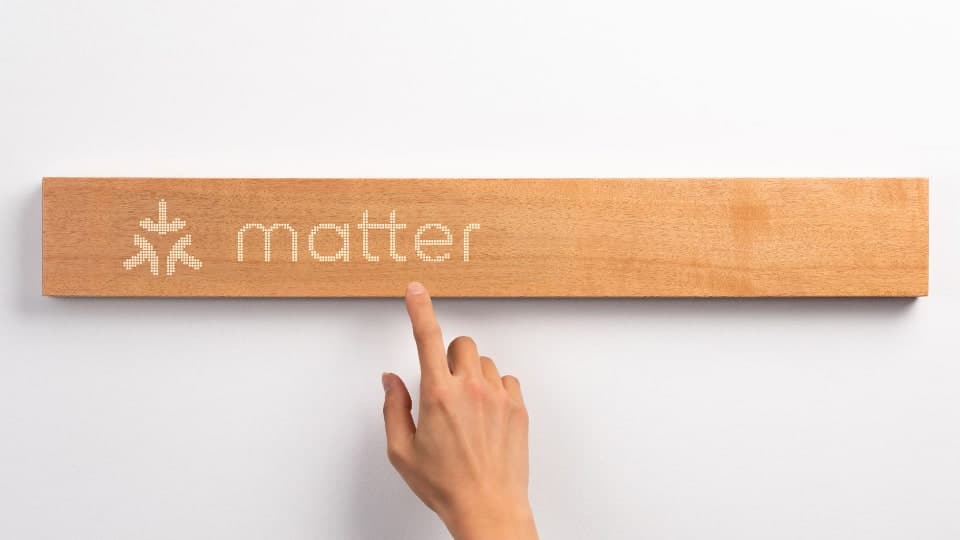
Nanoleaf: new essentials
The illumination specialist is expanding its Matter product family with three new products: a multi-colored light strip with individually controllable LEDs, a garland for outdoor use (Outdoor String Light) and a light strip for use on buildings that bathes facades in colored light (Wall Wash). The basic functions of all three can be controlled via Matter systems, but only show their full splendor with the Nanoleaf app. Prices, technical details and delivery dates are not yet known.
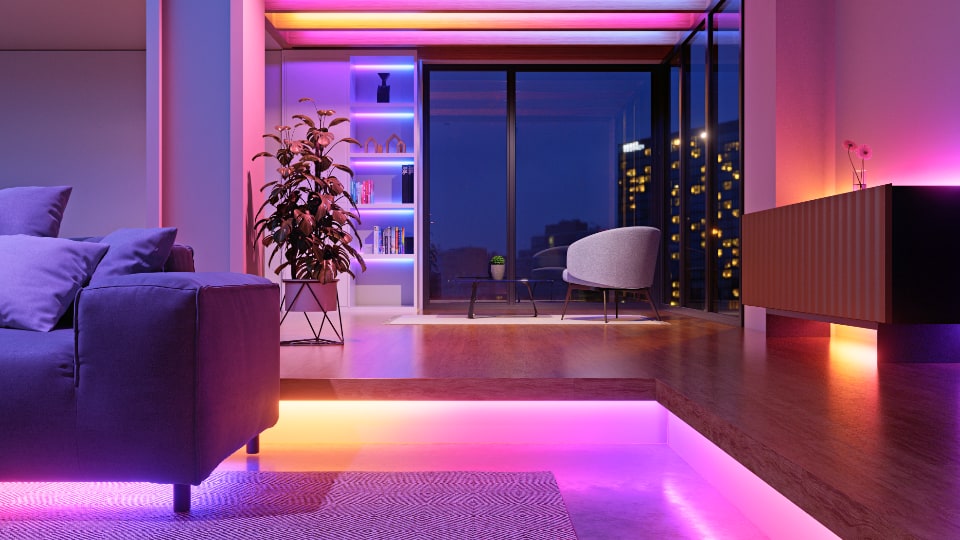
Nanoleaf also announced the launch of its Skylight ceiling light, which was presented as a Matter product at CES 2023. The modular system of illuminated squares can now be pre-ordered on the Nanoleaf website – with prices starting at 250 US dollars (link). The extension tile costs 70 US dollars. Interestingly, however, the store no longer mentions the Matter standard. The logo is also missing, in contrast to the Essentials products. Instead, for Skylight, Nanoleaf works exclusively with the familiar “Works with” emblems of the major smart home systems. When asked, the manufacturer confirmed that the Matter standard is currently not supported. However, Nanoleaf is planning to integrate it into panel products soon. As to when and how, the company makes no statement.

Razer: Aether Monitor Light Bar
Gamers can now equip their playroom with even more Matter-compatible lights from Razer. The Californian accessory specialist presented a monitor light bar that illuminates the desk and is said to offer a very natural color rendering of CRI 95 (Colour Rendering Index). Colored LEDs, which can also be integrated into Razer’s own Chroma RGB control system, radiate towards the back of the room. The Aether Monitor Light Bar with Wi-Fi connection costs 130 US dollars and will be available from March (link).

The light bar is complemented by two table lamps for the gaming suite, which illuminate the rest of the room. The Aether Lamp (80 dollars) emits the same light color all around – controlled via Matter or Chroma RGB (link). The Aether Lamp Pro (130 dollars) offers multi-zone lighting with individually adjustable colors. There is also a Matter-compatible light strip and a matching Wi-Fi lamp.
Roborock: S8 MaxV Ultra
With Roborock, another Chinese manufacturer is jumping on the Matter bandwagon and will equip its new top model with the standard. The Roborock S8 MaxV Ultra is set to use all Matter 1.2 robot vacuum commands when it is launched on the US market later this year for around 1,800 US dollars. Prerequisite: The Matter ecosystems will be ready to support robot vacuums by then. Its hefty price tag is the result of an unprecedented combination of cleaning functions. According to the manufacturer, the S8 MaxV Ultra not only has a very high suction power of 10,000 Pa (Pascal), but also a mop system with water heated to 60 degrees Celsius (140°F). Other features include a sophisticated corner cleaning system and its own offline voice assistant called Rocky (link).
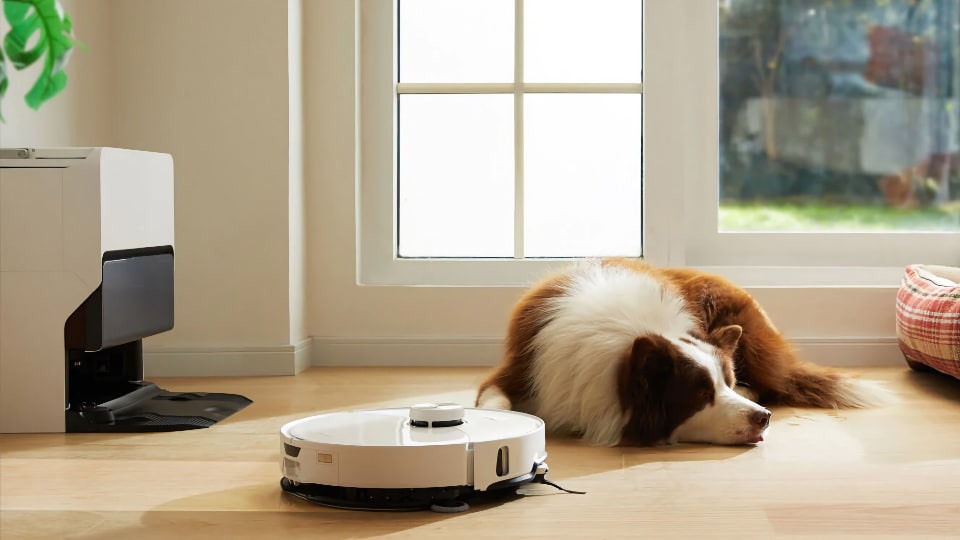
Share this information:
